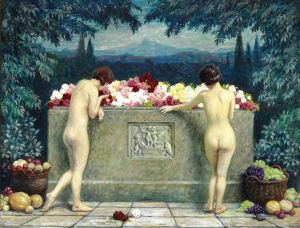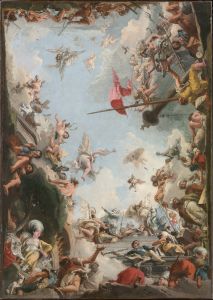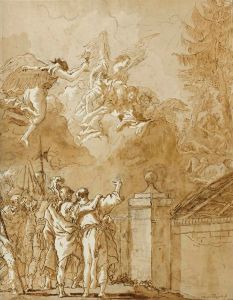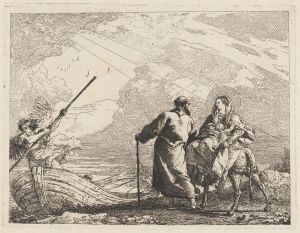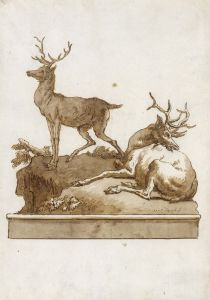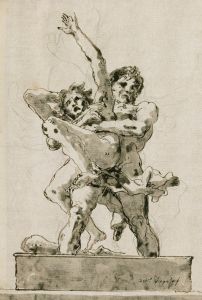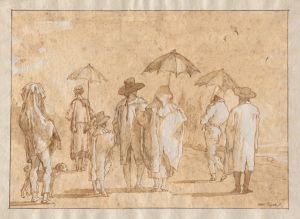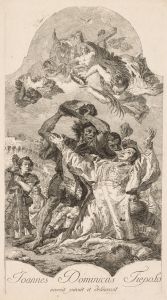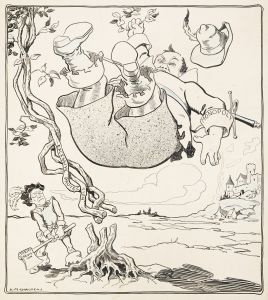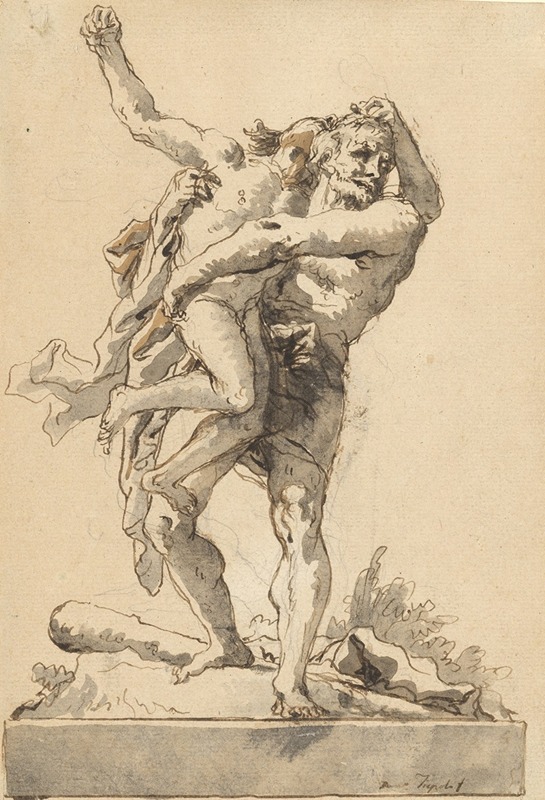
Hercules and Antaeus
A hand-painted replica of Giovanni Domenico Tiepolo’s masterpiece Hercules and Antaeus, meticulously crafted by professional artists to capture the true essence of the original. Each piece is created with museum-quality canvas and rare mineral pigments, carefully painted by experienced artists with delicate brushstrokes and rich, layered colors to perfectly recreate the texture of the original artwork. Unlike machine-printed reproductions, this hand-painted version brings the painting to life, infused with the artist’s emotions and skill in every stroke. Whether for personal collection or home decoration, it instantly elevates the artistic atmosphere of any space.
Giovanni Domenico Tiepolo's Hercules and Antaeus is a notable work by the Venetian artist, who was the son of the celebrated painter Giovanni Battista Tiepolo. Domenico Tiepolo, active during the 18th century, is recognized for his contributions to the Rococo style and his ability to depict dynamic and dramatic scenes. This painting illustrates the mythological encounter between Hercules and Antaeus, a popular subject in classical art.
The scene captures the moment when Hercules, the hero of Greek mythology, lifts Antaeus, a giant and son of Gaia (the Earth), off the ground. According to myth, Antaeus derived his strength from contact with the earth, his mother. By lifting him into the air, Hercules was able to weaken and ultimately defeat him. This narrative was a frequent theme in art, symbolizing the triumph of intellect and strategy over brute force.
Tiepolo's depiction of the myth is characterized by his mastery of movement and expression. The figures of Hercules and Antaeus are rendered with dynamic poses, emphasizing the physical struggle and tension of the moment. The artist's use of light and shadow enhances the drama of the scene, drawing the viewer's attention to the muscular forms of the protagonists. The composition reflects Tiepolo's skill in creating a sense of immediacy and energy, hallmarks of his artistic style.
The painting is executed with a light and fluid touch, typical of the Rococo period, and demonstrates Tiepolo's ability to combine mythological themes with a sense of theatricality. The work is also notable for its attention to anatomical detail, showcasing the artist's understanding of the human form.
While the exact date of the painting's creation is not definitively documented, it is consistent with Tiepolo's broader body of work, which often explored classical and religious themes. The painting is believed to have been created during the latter half of the 18th century, a period when Tiepolo was active in Venice and later in Spain.
The current location of Hercules and Antaeus is not widely documented, and further details about its provenance or commission remain unclear. However, the work is representative of Tiepolo's artistic legacy and his ability to reinterpret classical mythology through the lens of 18th-century aesthetics.







